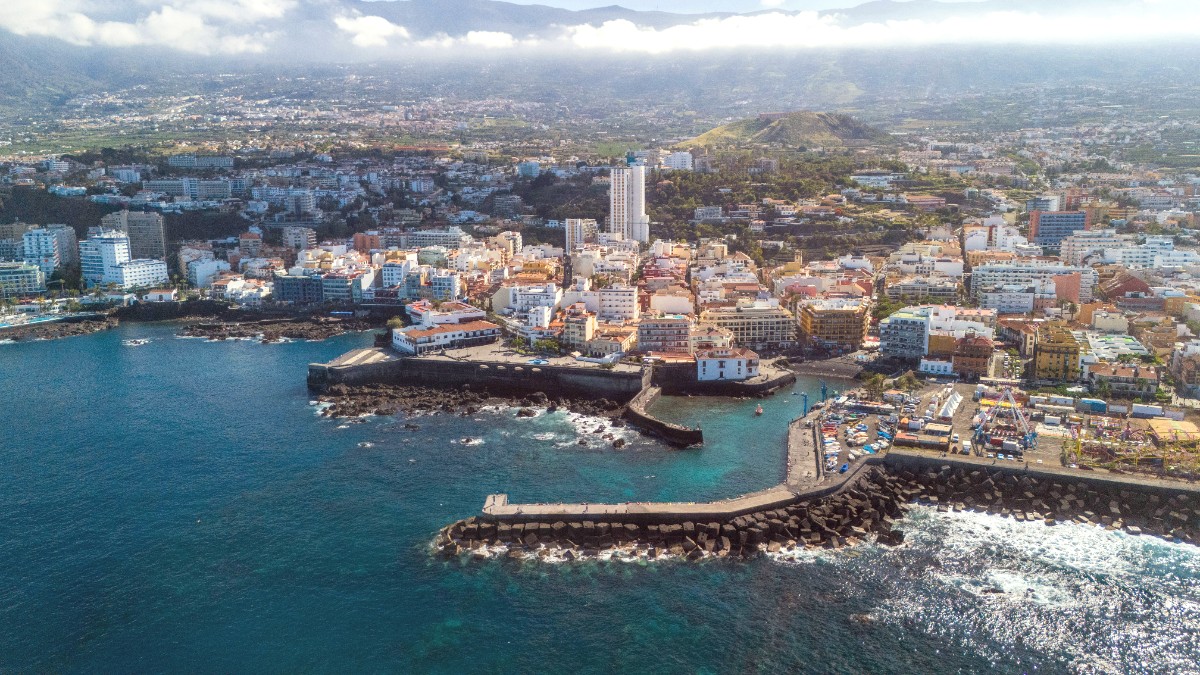
Tenerife, Canary Islands
TITSA (Transportes Interurbanos de Tenerife S.A.) is the sole public bus operator on Tenerife. TITSA offers an extensive network of intercity and local routes, connecting Puerto de la Cruz to all major towns, resorts, and many attractions across the island. The buses are generally comfortable, clean, and reliable.
Puerto de la Cruz Bus Station (Estación de Guaguas), near the town center, is the main hub for all TITSA services in Puerto de la Cruz. You can catch buses here for destinations across the island.
Purchase single tickets from the driver (cash). The Ten+ Card offers discounted fares and is rechargeable.
Buses operate from early morning (around 5-6 AM) until late evening (around 10-11 PM). Major routes run frequently (every 15-30 minutes).
Newer TITSA buses are generally wheelchair accessible. Check with TITSA in advance for specific routes if accessibility is a concern.
Licensed taxis are white with a green light on the roof (indicating "Libre").
Hailing on the street is possible, or find them at designated stands or by phone.
Metered system (starting €3-4). Cash accepted, some accept cards.
Cabify and Free Now operate; Uber does not. Airport taxi stands are available.
Various rental options are available for independent exploration of the island.
The Old Town (Casco Antiguo) with narrow, cobbled streets and the Coastal Promenade offer pleasant walks.
Guided historical, culinary, or themed walking tours are available. Self-guided itineraries also offer flexible exploration.
Limited dedicated bike lanes. Cyclists often share roads. Mountain roads can be dangerous for cyclists due to narrowness and sharp turns.
Beyond standard options, some specialized transport experiences enhance your exploration of Tenerife.
Tenerife strives to improve accessibility. Newer hotels and attractions are generally more accessible.
Progressive accessibility initiatives.
Accessible taxis can be booked in advance. Some TITSA buses are equipped with ramps.
Pre-booking for specific needs.
Several companies specialize in accessible tours and equipment rental (e.g., wheelchairs, scooters).
Dedicated services for reduced mobility.
Further details on specific rental categories and what to expect.
Beyond standard car, motorcycle, or bicycle rentals, specialized vehicle options like quad bikes or dune buggies are not common in Puerto de la Cruz for general rental.
Some tour operators might incorporate unique vehicles into their guided excursions, but direct rental is rare for such specialized types.
The main rental market caters to conventional modes of transport for self-exploration and commuting.
Use the TITSA app to check bus times and plan routes. It saves waiting time and offers real-time updates.
For exploring the island flexibly, consider renting a smaller car, as many roads, especially in the historic centers and mountain areas, are narrow.